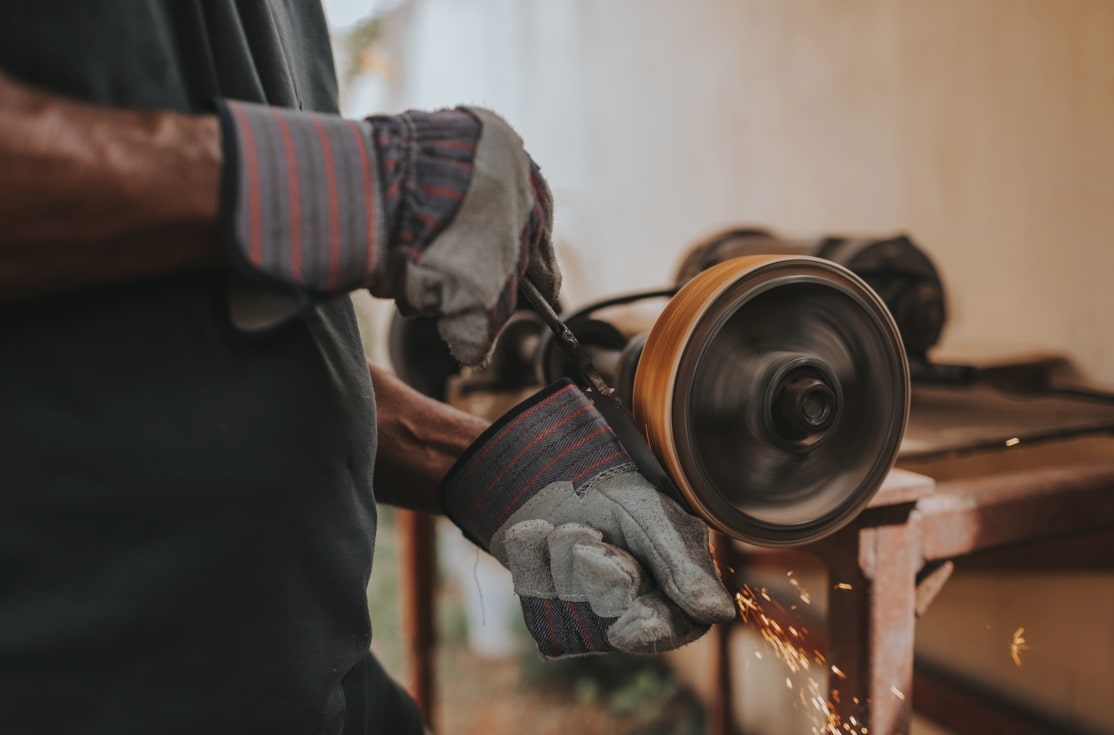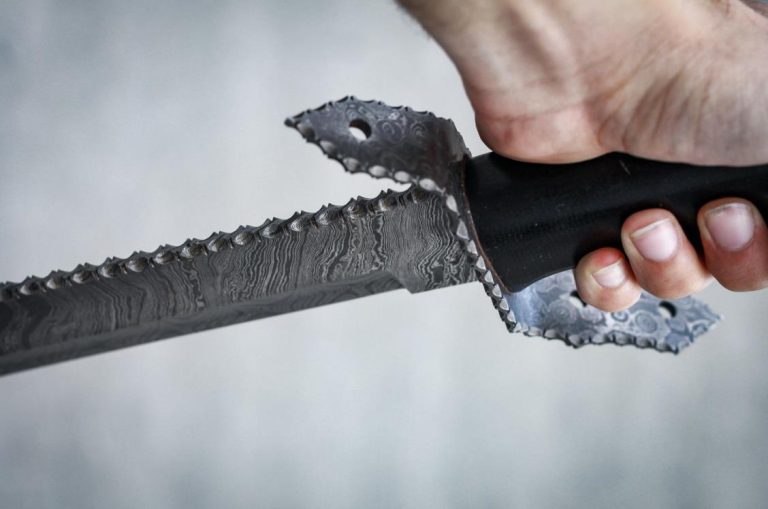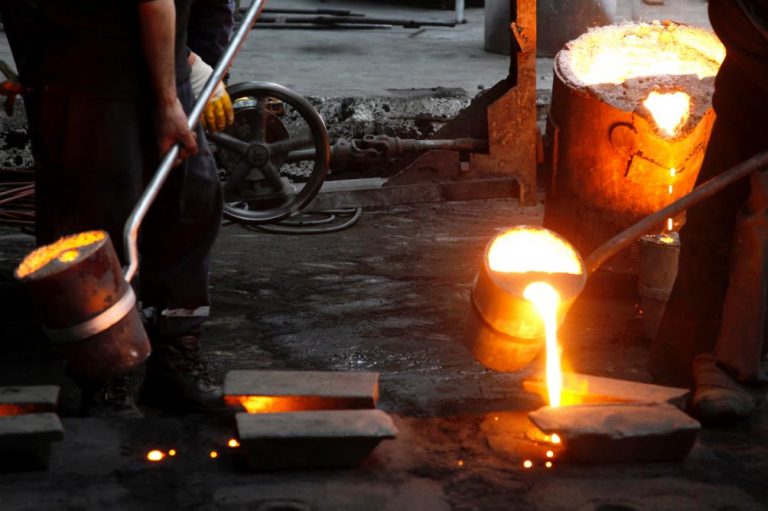3V steel is a high-grade tool steel known for its outstanding toughness and wear resistance, which makes it an excellent material for durable cutting tools. You can recognize 3V steel by its chemical composition, characterized predominantly by its vanadium content, which significantly enhances its strength and resistance to wear.
3V is a powder metallurgy steel patented by Crucible. It is also known as the powder metallurgy version of a much older steel: Vasco Die, with identical chemical elements. The steel has many similar alternatives manufactured by different companies. For example, Cru-wear, Carpenter’s PD#1, and Z-Tuff.
Understanding 3V steel’s properties is essential when you’re considering it for applications requiring high endurance and performance. In this article, we will briefly talk about its history, performance as a knife steel, and whether it’s a good steel for making knives. Let’s get started!
Overview of 3V steel
3V steel was first introduced in 1997 as a powder metallurgy version of the steel Vasco Die, patented by Crucible, according to Knife Steel Nerds. It is a non-stainless steel with a chromium content of around 7.5%. Despite this, the steel exhibits marvelous toughness, wear resistance, decent hardness, and edge retention. It quickly earned a place within the high-end steel spectrum. If you are considering a material that needs to endure rigorous working conditions and resist wear, 3V steel is often a top contender due to its remarkable properties.
Composition of 3V steel:
- Carbon: 0.8%
- Chromium: 7.5%
- Molybdenum: 1.3%
- Tungsten: 0.4%
- Vanadium: 2.75%
- Manganese: 0.4%
- Silicon: 0.9%
- Phosphorus: 0.03%
- Sulfur:0.03%
- Molybdenum: 1.0%
- Chromium: 7.5%
The steel has relatively low carbon and chromium content compared to other powder metallurgy steels in its price range. However, a significant feature is its high vanadium content, approximately 2.75%, which is known to enhance the steel’s toughness and wear resistance.
In comparison to steels like 5160 or 1095, which contain minimal vanadium, 3V has improved wear resistance due to the presence of vanadium carbides. Unlike S90V or 15V, which contain higher vanadium contents, 3V aims for a balance between toughness and wear resistance, making it less brittle. This unique blend makes 3V steel highly sought after for specialized tools and cutting implements.
Buy Wholesale Knives and Start Scaling up with Us Today
Contact us and connect with a sales rep to get a free quote.
Performance in knife use
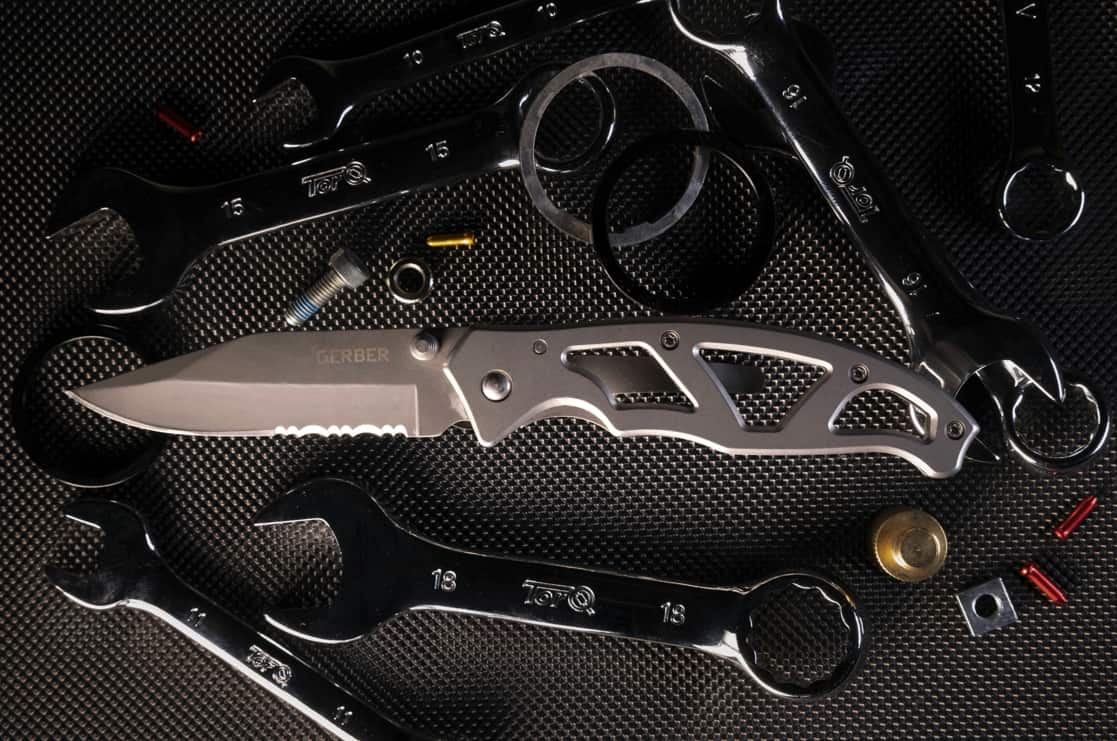
Just by examining the chemical composition of the steel, one might find it a tad confusing. So, how does 3V steel actually perform in practice?
Toughness
3V steel is engineered to offer high toughness, which makes it less prone to chipping and breaking. This is critical for knives that are subject to heavy-duty use. It maintains strength even when under impact. Its toughness level is even on par with steel like S35VN.
Edge retention and hardness
3V steel is usually heat-treated to about 62 HRc. Thanks to its wear resistance and high hardness, it provides decent edge retention. Blades made from this steel stay sharp even with a lot of use and resist getting deformed. While the edge retention is average, it’s quite impressive for a steel with such high toughness.
Rust resistance
While 3V steel is not completely impervious to rust, it offers good corrosion resistance that is better than steel like D2. Proper care and maintenance will keep your blade in peak condition.
Even though 3V steel is hard, you don’t need special tools to sharpen it. You can bring back a sharp edge using standard sharpening tools, which makes it easy for regular maintenance. It is said that having Vanadium within the range of 2.6% to 2% makes the steel easier to grind overall.
3V steel vs other steel
As you assess CPM 3V steel’s properties, it’s essential to understand how it stands against other steels in terms of durability, wear resistance, and toughness.
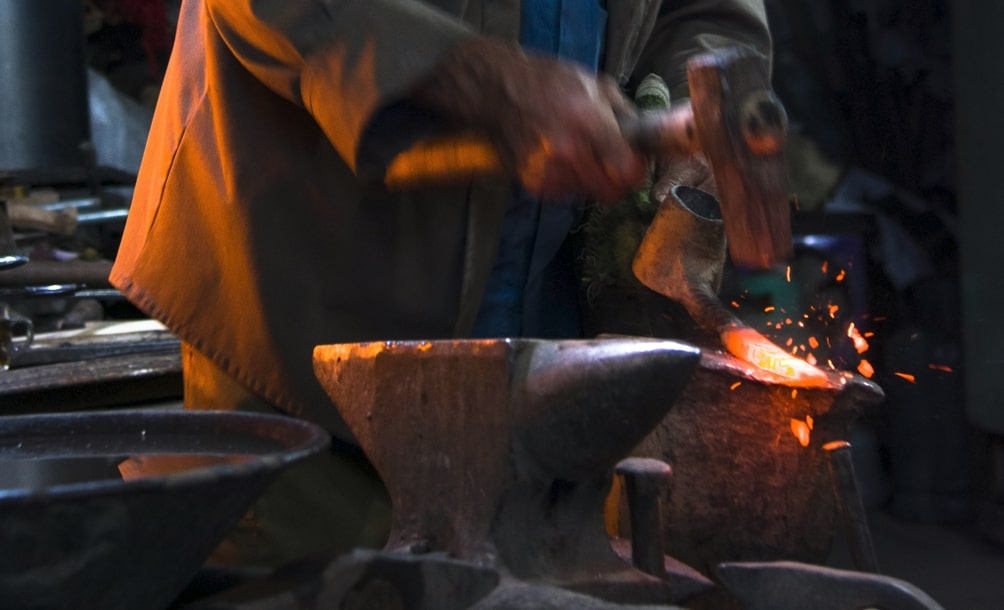
High carbon steel
3V steel and high carbon steel differ in their composition and performance characteristics. 3V steel, being a powder metallurgy steel, combines a moderate carbon content with a significant presence of vanadium, contributing to enhanced toughness and wear resistance. This makes it well-suited for heavy-duty applications, such as knives subjected to rigorous use.
On the other hand, traditional high carbon steels like 1095 and 5160 often leads to increased hardness and edge retention. While high carbon steels may excel in sharpness and edge durability, they might be more prone to chipping and breaking compared to the robust nature of 3V steel. The choice between the two depends on specific needs, with 3V favored for tasks requiring exceptional toughness, and high carbon steel chosen for applications where razor-sharp edges and edge longevity are paramount.
Cru-Wear
Given their shared attributes as powder metallurgy tool steels with similar chemical compositions, CPM 3V and Cruwear exhibit high vanadium content and share Crucible as their manufacturer.
The nearly identical chemical compositions, marked by significant vanadium presence, contribute to both steels’ exceptional toughness and wear resistance. Their commonalities extend to Crucible’s manufacturing processes, ensuring a high standard of quality and consistency in their performance. Consequently, when choosing between CPM 3V and Cruwear, factors such as specific heat treatments, individual preferences, or any nuanced variations in their manufacturing processes may become more prominent considerations.
M390
M390 and CPM 3V, though both highly regarded tool steels, differ notably in their compositions and intended applications. M390, a high-performance stainless steel, is recognized for its exceptional corrosion resistance, high hardness, and superb edge retention. In contrast, CPM 3V is a powder metallurgy steel celebrated for its outstanding toughness and wear resistance, making it suitable for demanding tasks. While M390 excels in providing a stainless and corrosion-resistant option, CPM 3V leans towards robustness and durability in challenging working conditions. The choice between M390 and CPM 3V often depends on the specific requirements of the application, with M390 favored for corrosion-prone environments and CPM 3V preferred for tasks demanding superior toughness and wear resistance.
Buy Wholesale Knives and Start Scaling up with Us Today
Contact us and connect with a sales rep to get a free quote.
Should you invest in 3V steel as a wholesaler/retailer?
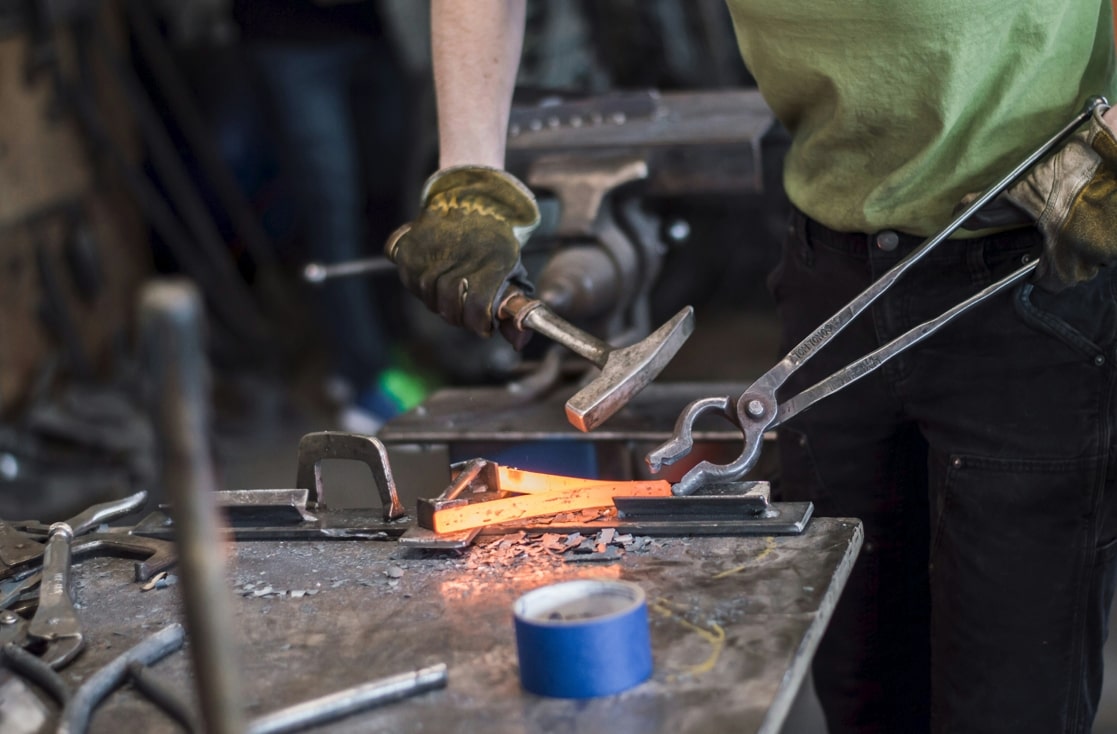
When considering an investment in 3V steel, you must evaluate its characteristics and market demand. 3V steel is known for its exceptional toughness and wear resistance, making it a prime choice for high-end cutting tools, knives, and industrial applications. It might be an overkill for kitchen knives, but pretty favorable among EDC knives.
Advantages of 3V steel include its high durability, making it well-suited for tools subjected to extreme use, appealing to customers seeking long-lasting and robust equipment. While 3V steel offers decent corrosion resistance, it falls slightly short of some stainless steels in this aspect, requiring less maintenance but still demanding some attention.
Considering market demand, targeting enthusiasts and professionals who prioritize tool performance and durability is essential. Conducting a thorough assessment of local and online competition, understanding the steel types offered, and their price points can provide insights into positioning 3V steel effectively in the market.
On financial fronts, businesses must be prepared for higher upfront costs associated with the quality and manufacturing processes of 3V steel. Crafting a pricing strategy that reflects the premium quality while remaining competitive is crucial. It’s important to note that higher-quality items may have a slower inventory turnover, but the potential for better margins can balance this aspect.
Ensuring a consistent and reliable supply chain for 3V steel is vital to prevent stockouts and maintain a steady flow of inventory. In conclusion, the decision to incorporate 3V steel into your product line should align with your business model, target customer base, and the level of commitment to engaging with the high-end steel market.
Working with LeeKnives to manufacture your dream knife
The exceptional qualities of 3V steel make it a good choice for those seeking top-tier tools with unparalleled durability and edge retention. Whether you are a seasoned professional or an avid enthusiast valuing the longevity and performance of your tools, 3V steel stands out in the market.
To embark on the journey of crafting high-quality knives with 3V steel, look no further than LeeKnives. As a trusted OEM knife manufacturer, LeeKnives specializes in delivering excellence in design, functionality, and craftsmanship. Contact us today to explore the possibilities of creating premium knives that embody the enduring strength and reliability of 3V steel.
